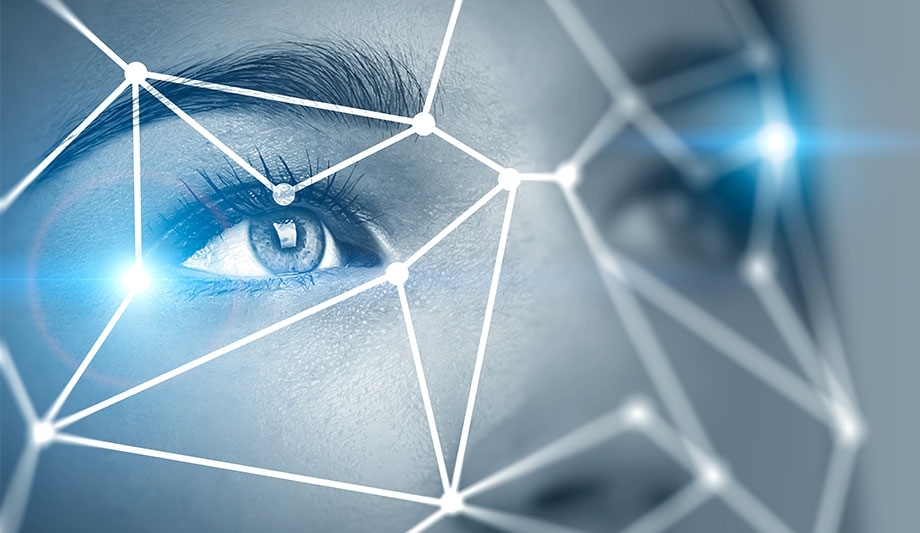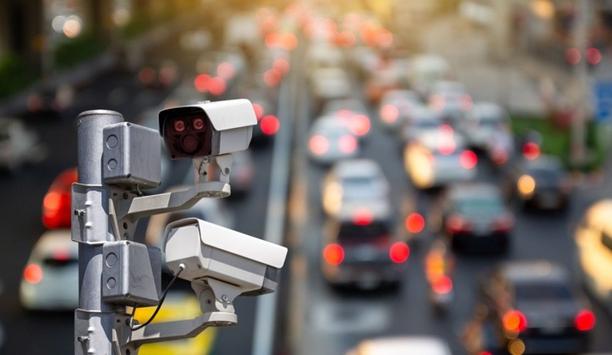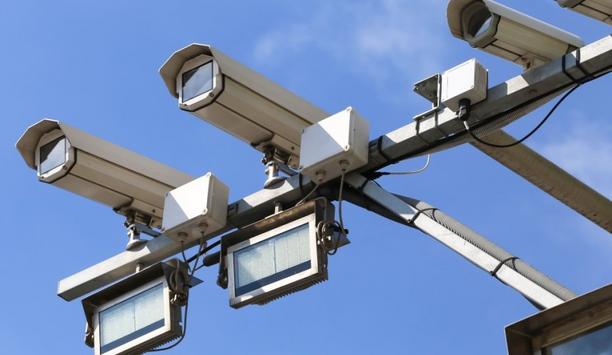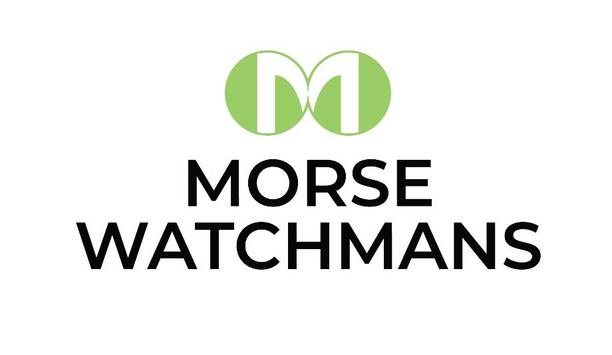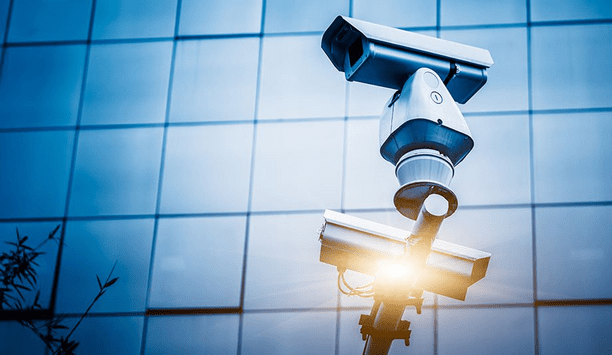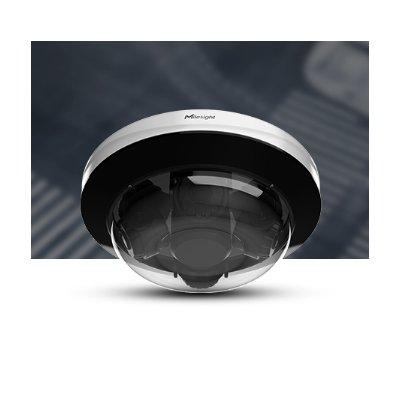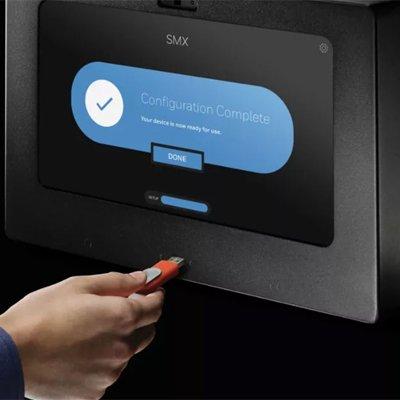The mindset behind a new law to prohibit the use of facial recognition and other security-related technologies by San Francisco police and other city agencies is obvious in the name of the new ordinance: “Stop Secret Surveillance.”
Ordinance to stop secret surveillance
The San Francisco Board of Supervisors passed the ordinance 8-1 with two abstentions on May 14, and there will be another vote next week before it becomes law.
We have an outsize responsibility to regulate the excesses of technology precisely because they are headquartered here"
The irony of such a law emanating from northern California, where tech giants promote the use of numerous technologies that arguably infringe on privacy, is not lost on Aaron Peskin, the city supervisor who sponsored the bill. “We have an outsize responsibility to regulate the excesses of technology precisely because they are headquartered here,” he told the New York Times.
Regulating facial recognition technology
Although the facial recognition aspects of the ordinance have been the most publicised, it also targets a long list of other products and systems.
According to the ordinance, "Surveillance Technology" means “any software, electronic device, system utilising an electronic device, or similar device used, designed, or primarily intended to collect, retain, process, or share audio, electronic, visual, location, thermal, biometric, olfactory or similar information specifically associated with, or capable of being associated with, any individual or group.” Broadly interpreted, that’s a lot of devices.
Includes biometrics, RFID scanners
The ordinance lists some examples such as automatic license plate readers, gunshot detection hardware and services, video and audio monitoring and/or recording equipment, mobile DNA capture technology, radio-frequency ID (RFID) scanners, and biometric software or technology including facial, voice, iris, and gait-recognition software and databases.
Among the exceptions listed in the ordinance are physical access control systems, employee identification management systems, and other physical control systems; and police interview rooms, holding cells, and internal security audio/video recording systems.
 |
| The ordinance ban applies to city departments and agencies, not to the general public and exceptions include physical access control systems, employee identification management systems, and internal security audio/video recording systems |
Airport security not part of ordinance
The ban only applies to city departments and agencies, not to private businesses or the general public. Therefore, San Franciscans can continue to use facial recognition technology every day when they unlock their smart phones.
And technologies such as facial recognition currently used at the San Francisco airport and ports are not impacted because they are under federal jurisdiction. Furthermore, the San Francisco police department does not currently use facial recognition anyway, although it has been deployed in places such as Las Vegas, Orlando, Boston and New York City.
Safeguarding privacy of citizens
The ordinance appears to have a goal of avoiding government uses of technologies that can invade individual privacy, seeking to avoid worst-case scenarios such as an existing system in China that uses millions of surveillance cameras to keep close tabs on the Uyghurs, a Muslim minority population.
Any new plans to use surveillance technology must be approved by the city government, and any existing uses must be reported and justified by submitting a Surveillance Technology Policy ordinance for approval by the Board of Supervisors within 180 days.
Surveillance technology policy
Banning use of facial recognition just when its capability is being realised is counterproductive
But might such a ban on technology uses undermine their potential value as crime-fighting tools just when they are poised to become more valuable than ever?
Ed Davis, a former Boston police commissioner, told the New York Times it is “premature to be banning things.” He notes: “This technology is still developing, and as it improves, this could be the answer to a lot of problems we have about securing our communities.”
Technology development doesn’t happen in a vacuum and banning uses of facial recognition and other technologies just when their capabilities are being realised is counterproductive. We should be thoughtful, deliberate and transparent in how we embrace new technologies. However, discarding them out-of-hand using emotionally charged words such as “secret surveillance” does not promote the best use of technology to the benefit of everyone.
